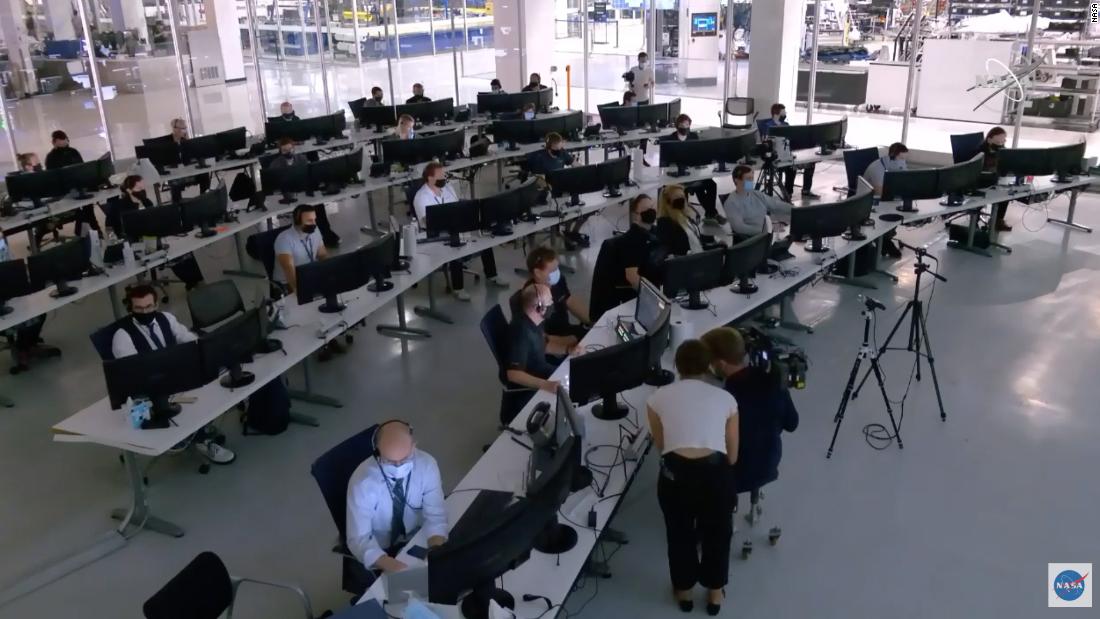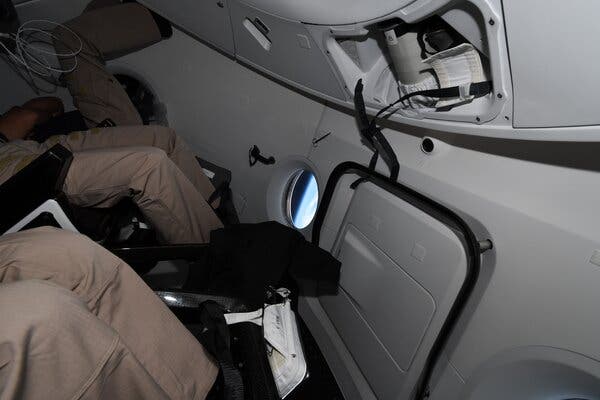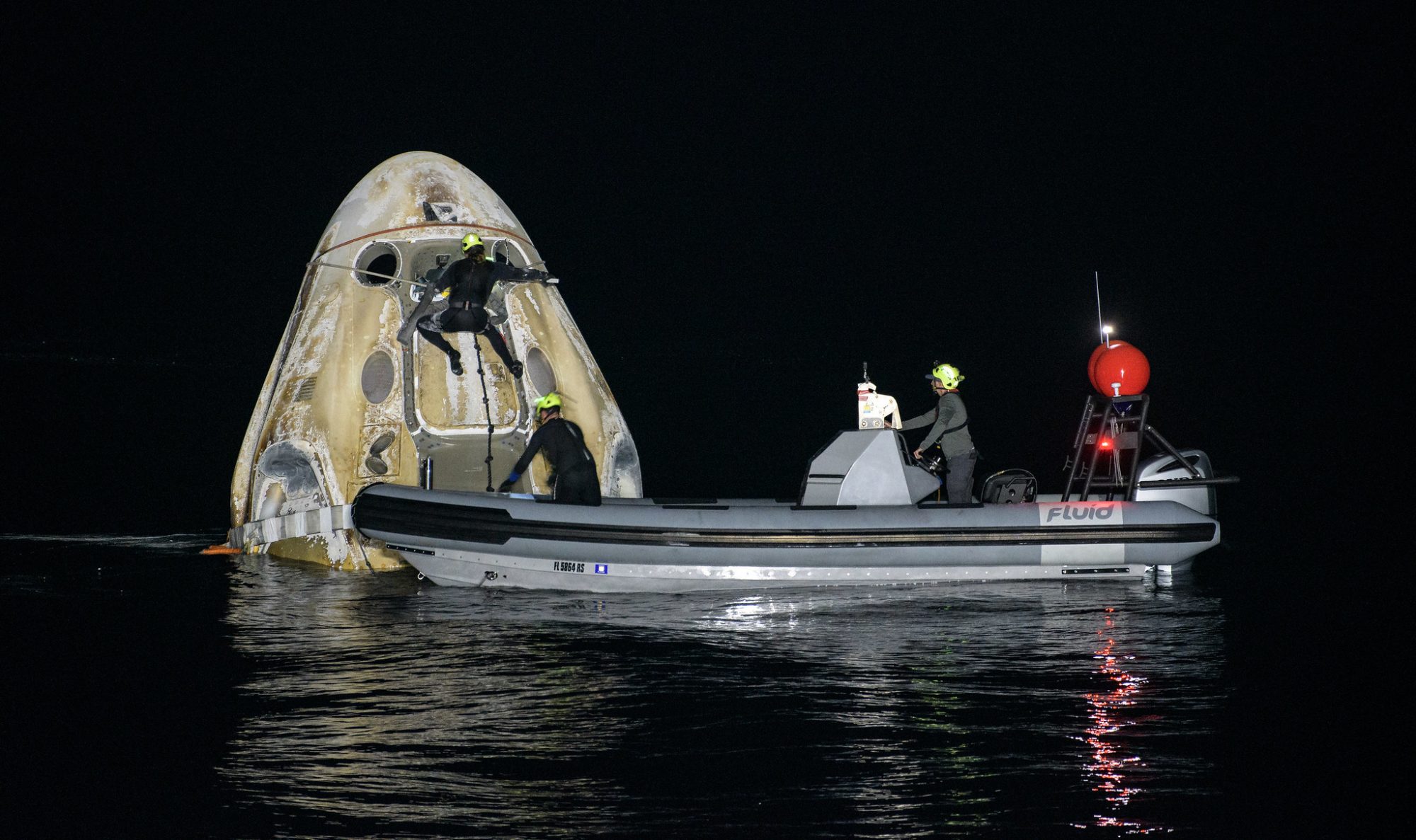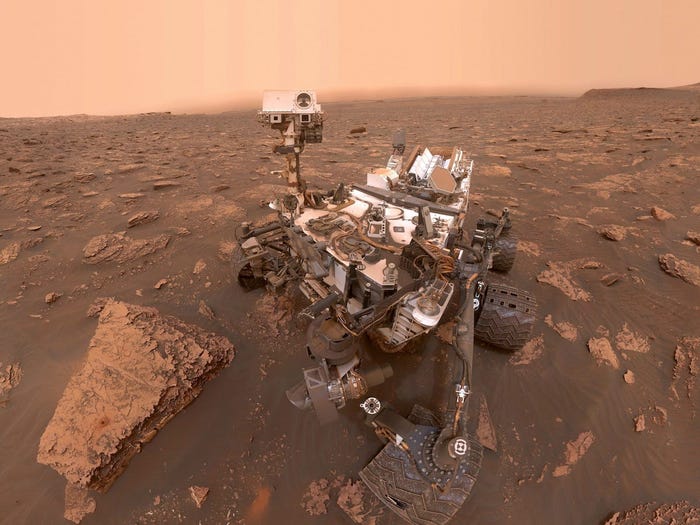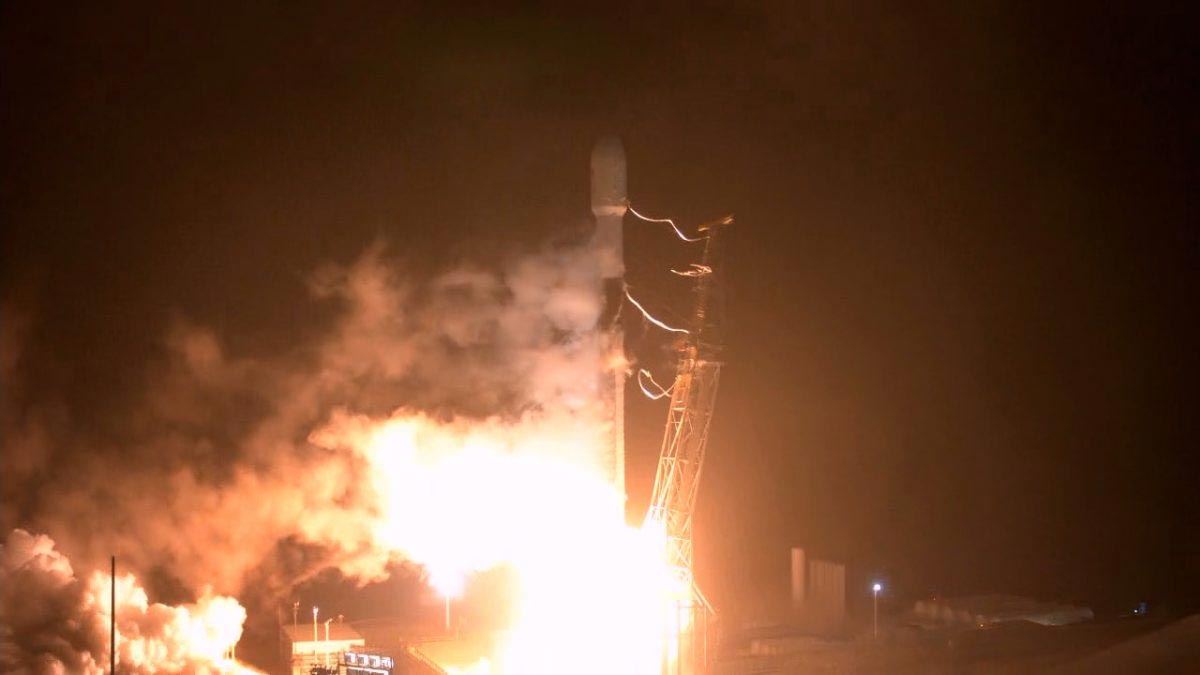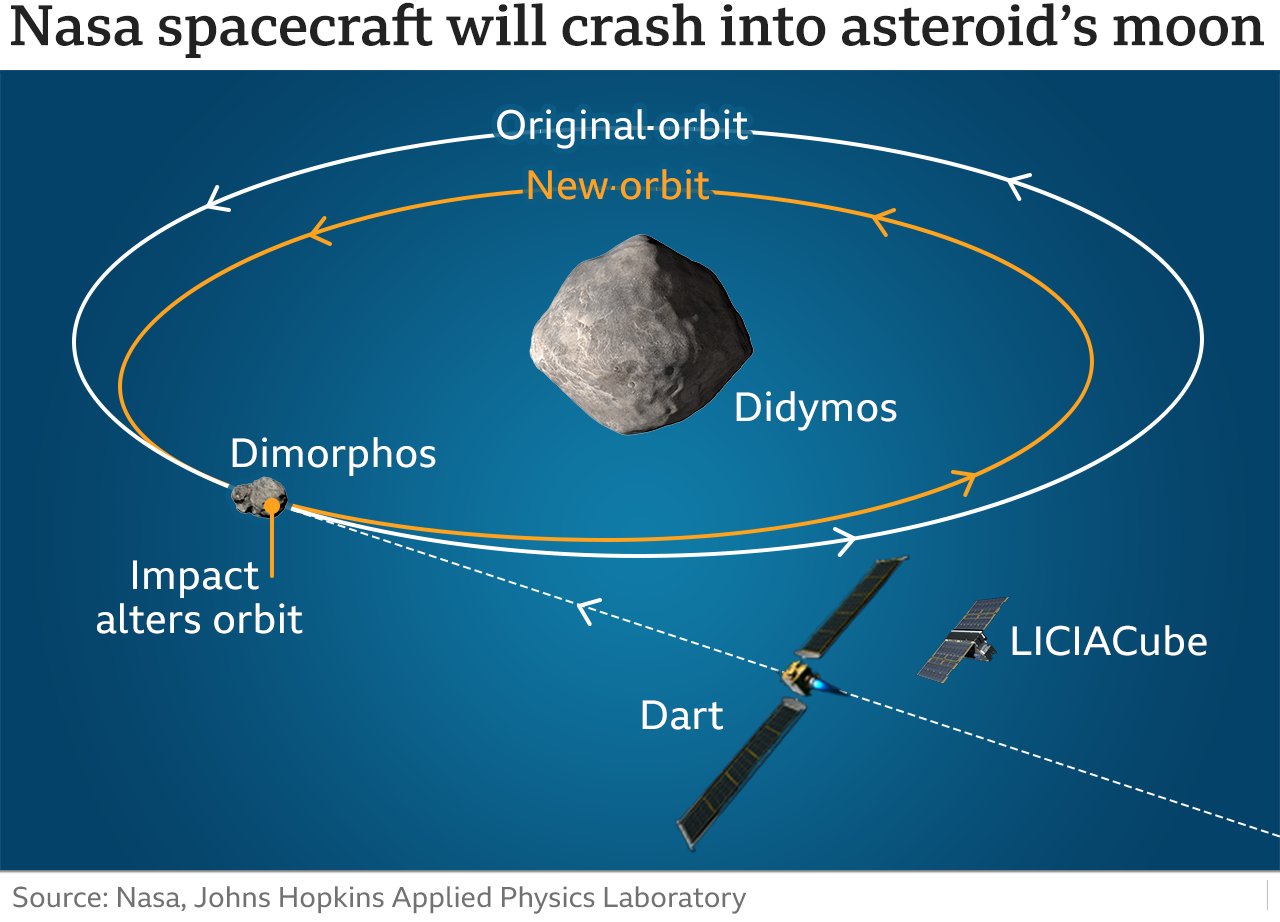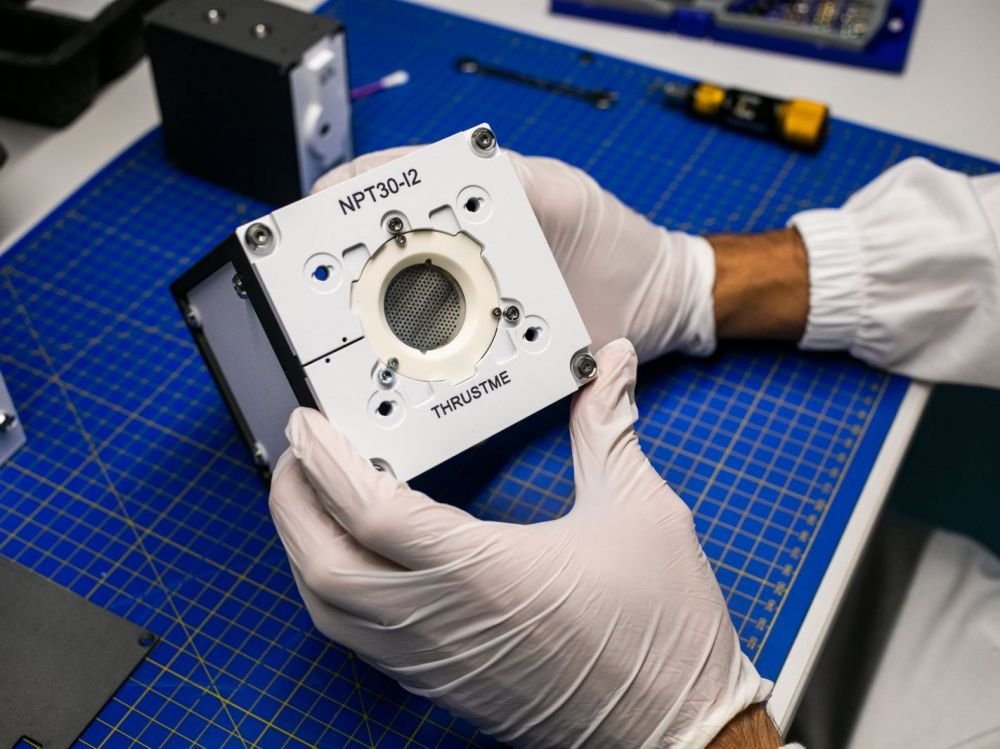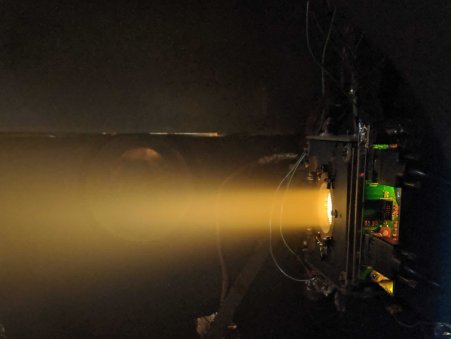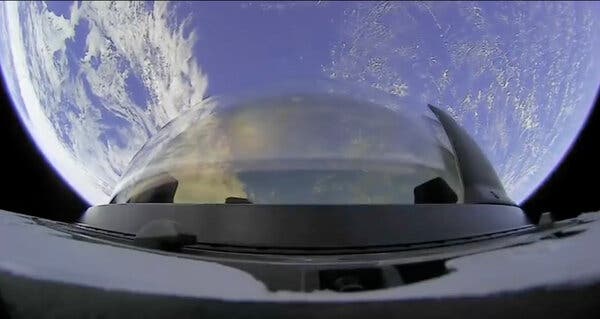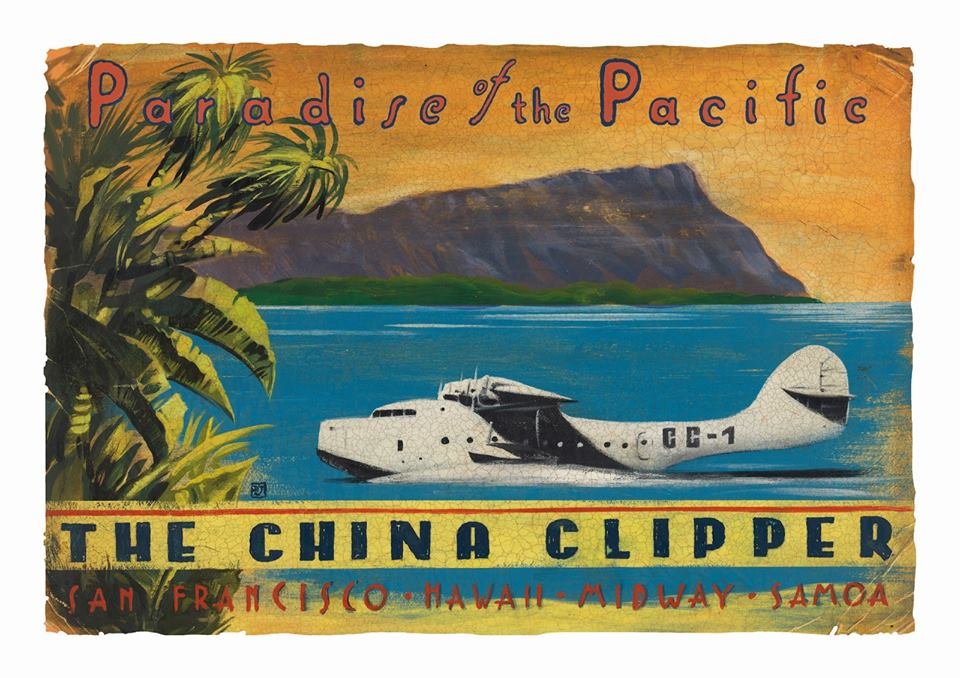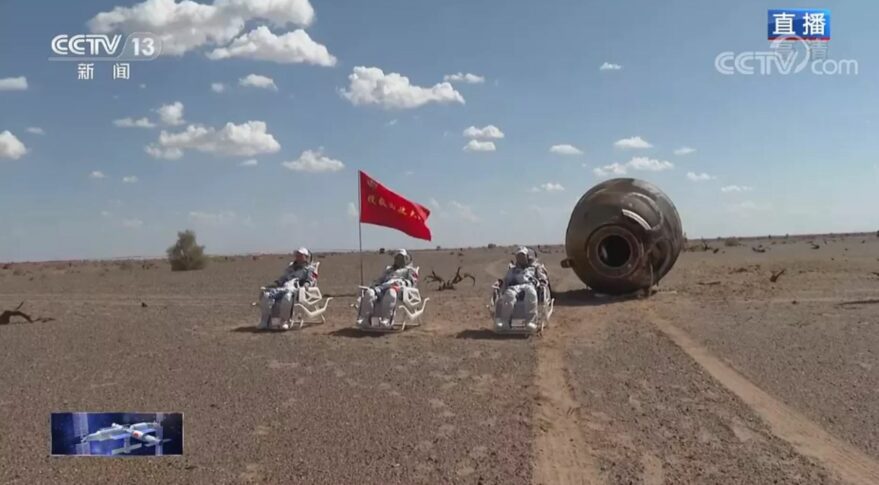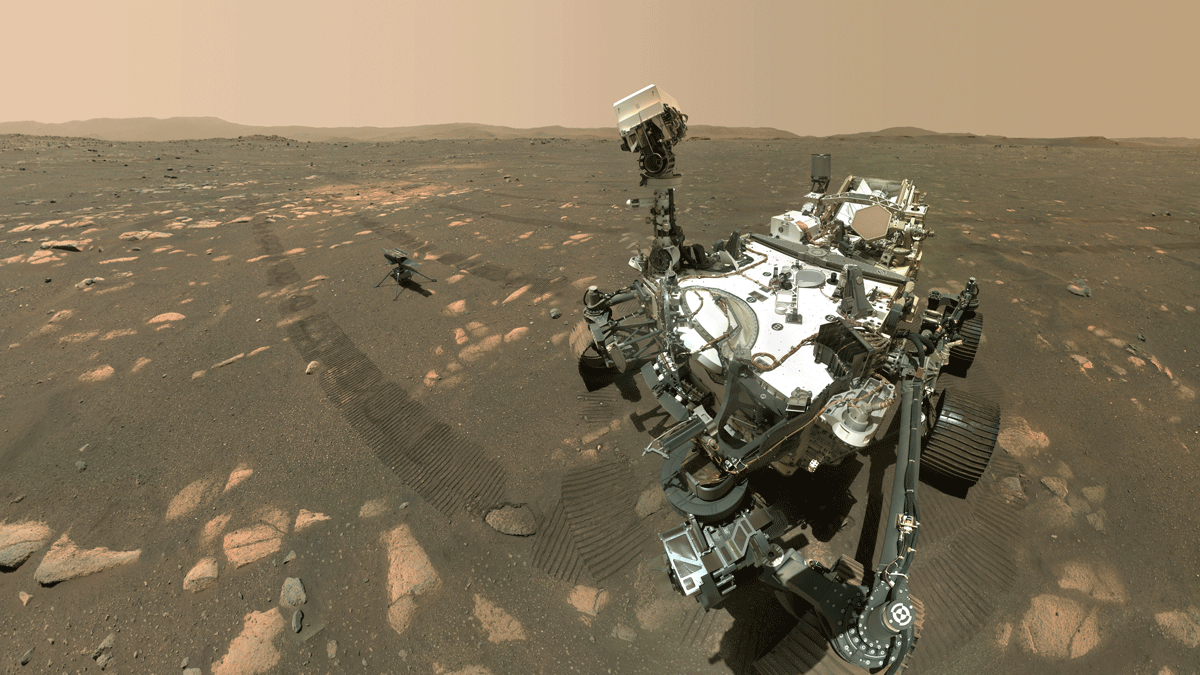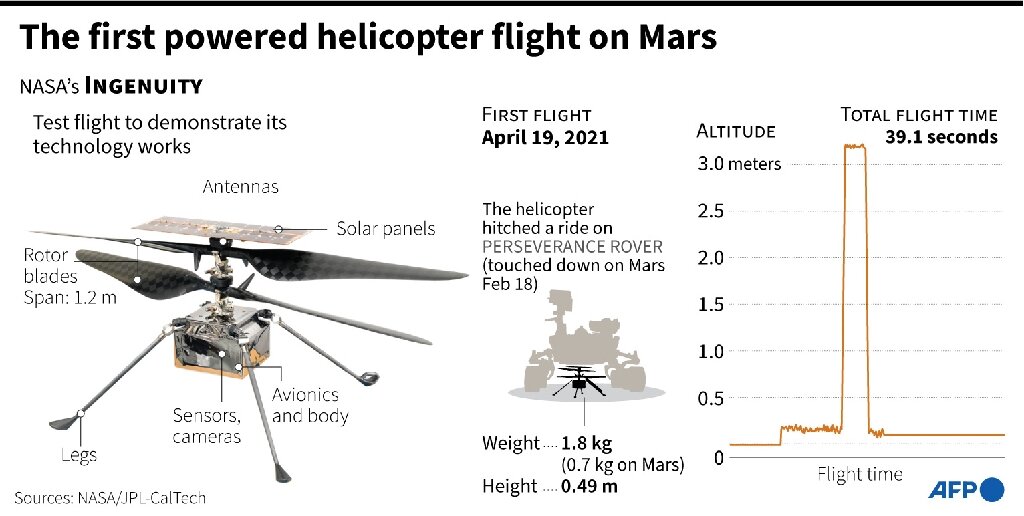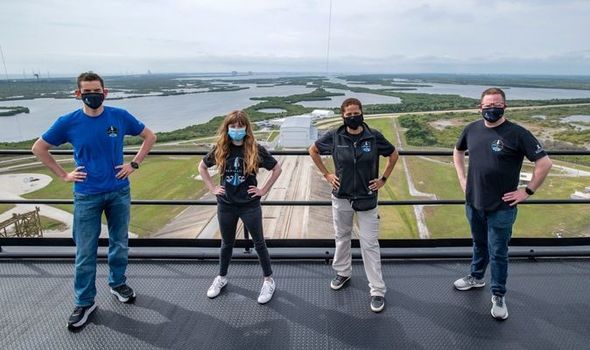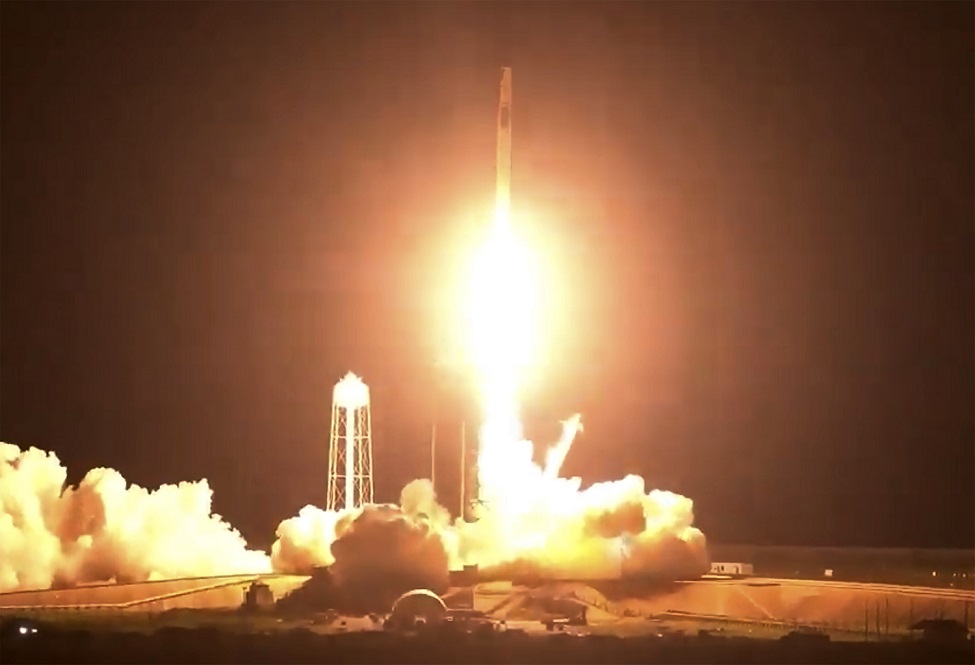It seems as though my last several space news posts have all been about manned space flight, either to the International Space Station or beyond, back to the Moon. I don’t want to give the impression that our unmanned probes haven’t been making any discoveries or advancing our ability to explore the solar system so in this post I’ll be discussing the latest news about unmanned space exploration and I’ll begin with the big news from the Parker Solar Probe.

Launched in 2018 the Parker Solar Probe is named for Eugene Parker, a NASA astrophysicist who back in the 1950s predicted the existence of the Solar Wind. The solar wind is the never creasing stream of sub-atomic particles that flow outward from the Sun for about 20 billion kilometers creating a bubble around our solar system. See my post of 18 December 2019. During its six-year mission so far the Parker probe has crept ever closer to the Sun using gravity boosts from both the Earth and Venus to alter its orbit.

In its last close flyby in 2023 Parker set records for both proximity to the Sun, at a distance of 6.2 million kilometers as well as fastest speed ever attained by a human built object, 635, 266 kilometers per hour. Remember the Sun’s gravitational field is so much stronger than Earth’s that a space probe traveling close to it has to travel at an enormous speed in order to not get sucked in!

But on the 24th of December 2024 Parker was scheduled to break both of those records with an even closer approach to the Sun at a distance of only 6.1 million kilometers and reaching a speed of 692,000 kilometers per hour. Getting so close to the Sun is obviously a dangerous maneuver not only because of the enormous heat, estimated at 980º C, but also because of the energy of the particles in the solar wind which can easily destroy sensitive electronics.

To protect the spacecraft’s instruments from the worst of Sun’s energy Parker has an 11.5 cm thick carbon composite shield that is kept facing the Sun. Nevertheless as the probe makes its closest approach to the Sun the Space Agency knew that they would lose all radio contact with it, NASA did not know that Parker had survived until two days later on December 26th.

Even after receiving the signal that Parker was in good shape NASA still had to wait until New Year’s Day before the spacecraft could begin transmitting back the data it had collected at its closest approach to the Sun. Meanwhile Parker is scheduled to make two more flybys of our Sun, on March 22nd and June 19th of 2025 although neither will be quite as close as the one on December 24th.

Meanwhile, not too far away the European Space Agency’s (ESA) BepiColombo probe made its fifth flyby of the planet Mercury, the closest planet to the Sun on the first of December 2024. Like Parker, BepiColombo is using the gravity of Mercury in order to change its trajectory so that in 2026 the spacecraft can go into a permanent orbit around the solar system’s smallest planet. Even though the encounter on the first was only a flyby the scientists at the ESA still used the occasion to check out their instruments by making detailed observations of Mercury, particularly the probe’s infrared spectrograph.

Surprisingly, BepiColombo is actually two spacecraft in one. Once in orbit around Mercury BepiColombo will split into two distinct probes. One is the Mercury Planetary Orbiter (MPO) and the other is the Mercury Magnetospheric Orbiter (MMO). Both probes will conduct different observations of the planet. Like the Parker Solar Probe, BepiColombo promises to reward us with many new discoveries in the near future.

Finally I have some sad news to report, the Ingenuity helicopter, which was carried to the planet Mars aboard the Perseverance rover and which became the first human built craft to fly on another planet, see my post of 1 May 2021, crashed on its 72nd flight. Now bear in mind that Ingenuity was really just a test vehicle, intended only to see if flight of any kind was even possible in Mar’s thin atmosphere. The original NASA plan was for Ingenuity to only take five flights, tests that would be observed by Perseverance. That the little helicopter would succeed in making 72 flights over a three-year period and cover over 16 kilometers was beyond the wildest hopes of the engineers at the Jet Propulsion Labouratory who designed and built the aircraft.

Now NASA has released a report detailing what they think happened to Ingenuity, although since the accident happened over 100 million kilometers from Earth no one can visit the crash site to do a proper investigation to be certain. The trouble seemed to begin on Ingenuity’s 70th flight when the helicopter was flying over an area of flat terrain with few features. Because the ground below had so few landmarks it caused Ingenuity’s visual navigation system to become confused. The same problem occurred on the next flight, in fact the navigation system ordered an emergency landing, one that turned out to be a hard landing, a landing that NASA thinks damaged at least one of the helicopter’s blades. Ingenuity’s 72nd and final flight was intended to be just a short test to see whether any damage had been sustained but the helicopter quickly crashed, breaking off both of its rotors about midway.

Ingenuity may no longer be flying but the tiny probe is still working, acting now as a weather station on the Martial surface. And because Ingenuity was so successful NASA is now planning on a new helicopter to explore Mars. The proposed aircraft has been given the name Mars Chopper and it is a six-engine drone like helicopter that will be about the size of an SUV. Mars Chopper will carry an array of instruments to enable it to explore the Red Planet but whether it will operate in cooperation with a rover or autonomously is still to be decided.

In either case Mars Chopper will join the Parker Solar Probe and BepiColombo and all of the unmanned spacecraft that humans beings have sent into outer space to explore our solar system.


